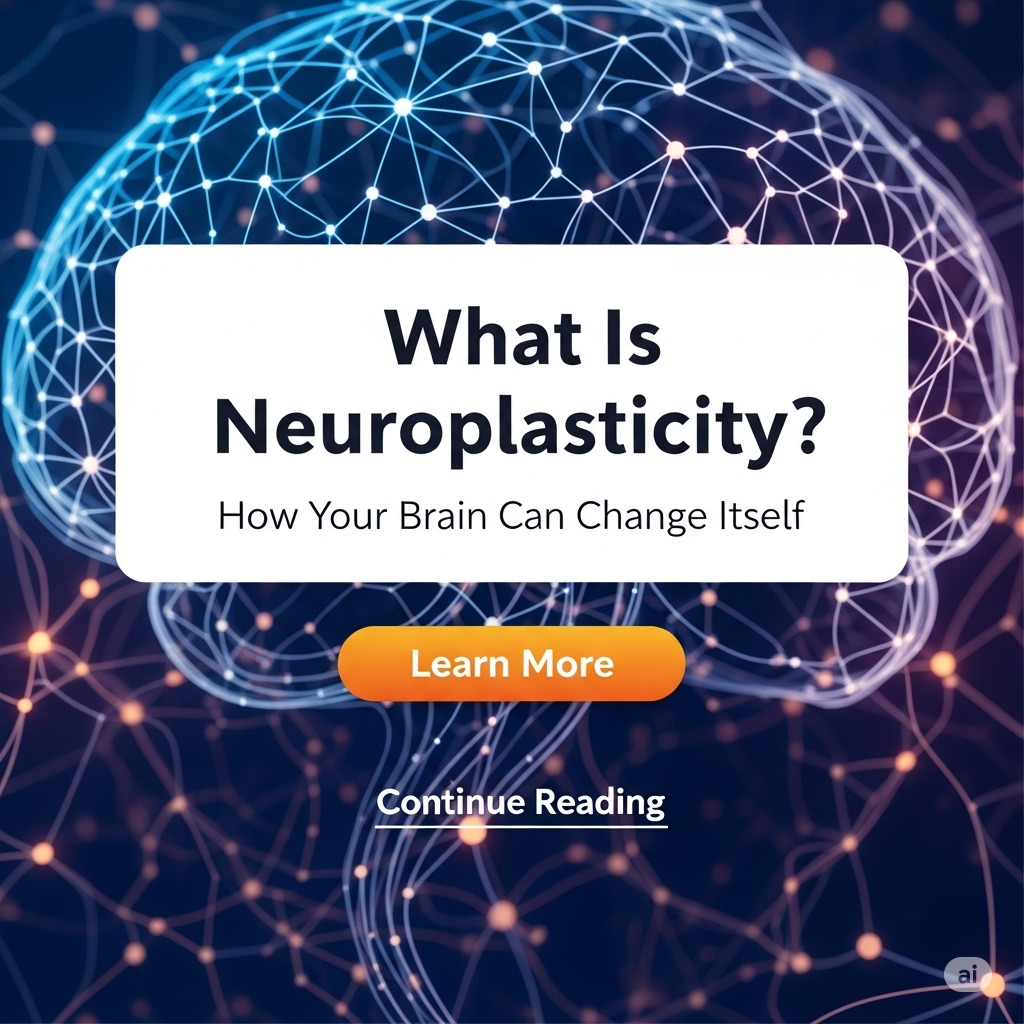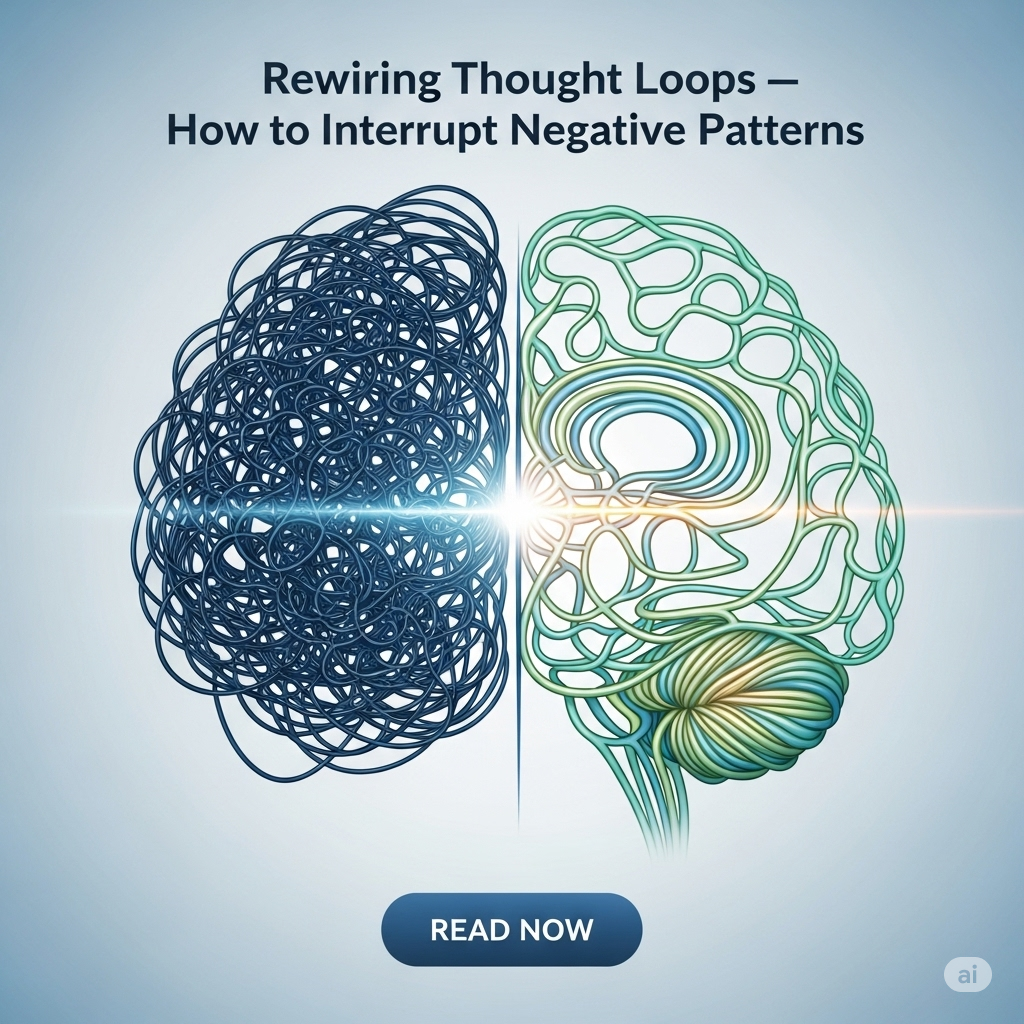We’ve all heard it:
“I’m too old to change.”
“That’s just how I am.”
“You can’t teach an old dog new tricks.”
But science disagrees.
Neuroplasticity doesn’t care how many birthdays you’ve had. While the brain does change with age, it never stops learning, adapting, or forming new pathways.
In fact, some of the most profound brain changes occur after adversity — in the recovery from injury, emotional healing, or major life transitions. And these changes are not rare exceptions. They’re how the brain works.
Here’s what research shows:
- Elderly adults can grow new neurons in the hippocampus — the brain’s memory center — with activities like learning, physical exercise, or meditation.
- Stroke survivors often rewire undamaged parts of the brain to take over lost functions.
- Trauma recovery can reshape overactive fear circuits with therapeutic reprocessing.
In short: change is the rule, not the exception.
So why does the myth persist?
Because change feels harder as we age. Not impossible — just less automatic. The brain has built longer, deeper grooves of habit. But with intention, repetition, and the right tools, even decades-old patterns can be replaced.
Here’s the empowering truth:
You’re not a finished product. You’re a dynamic system — learning, unlearning, adapting.
Whether you’re 25 or 75, the moment you introduce a new thought, a new behavior, or a new emotional state, your brain takes note.
You are not your wiring. You are the one who rewires.






